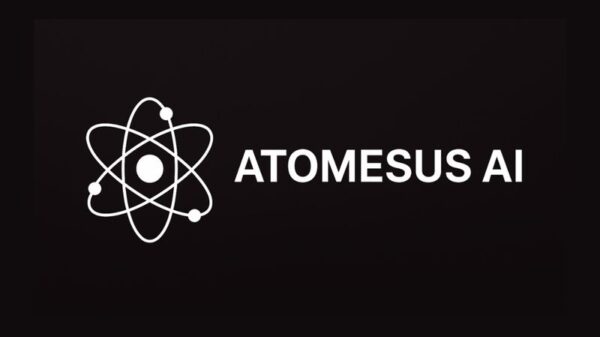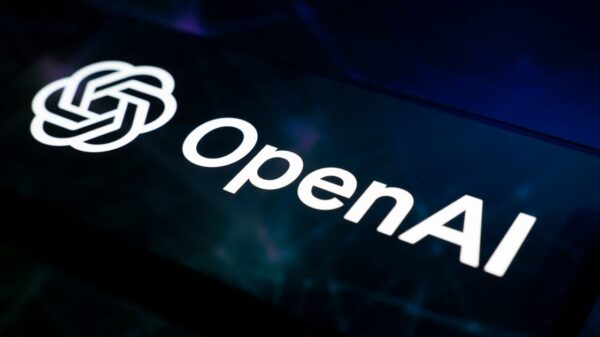Alphabet’s Google has launched an updated version of its artificial intelligence model, Gemini 3, which executives describe as a “massive jump” in both reasoning and coding capabilities. This enhanced model is now available across all of Google’s major products, including its search engine, and it can answer inquiries through interactive graphics.
Similar to its predecessor, Gemini 3 is capable of processing not just text but also images and various media formats, while also tackling complex scientific and mathematical problems. According to CEO Sundar Pichai, this new iteration has significantly improved its reasoning abilities, allowing it to provide more nuanced responses based on the information it processes. “In just two years, AI has evolved from simply reading text and images to reading the room,” Pichai stated on Tuesday.
As the race to dominate the generative AI market intensifies, with competitors like OpenAI and Anthropic launching major upgrades to their models, Google aims to reassert its leadership position through the seamless integration of Gemini 3 into its core products and developer tools. This strategy underscores the company’s commitment to showcasing the tangible benefits of its years of investment in AI technology.
Implications of Gemini 3 in the AI Landscape
The launch of Gemini 3 is significant not only for its technical advancements but also for its broader implications within the AI landscape. By embedding this model in widely used applications, Google is not just enhancing user experience but also demonstrating the potential for AI to support real-time decision-making and problem-solving in various fields.
See also Microsoft and Nvidia Invest $15B in Anthropic Amid AI Stock Decline
Microsoft and Nvidia Invest $15B in Anthropic Amid AI Stock DeclineThis integration may impact industries ranging from education to healthcare, where advanced reasoning and coding abilities can lead to more effective solutions. For instance, in educational tools, Gemini 3 could provide interactive learning experiences that adapt to individual student needs, while in healthcare, it could assist in diagnosing conditions based on a myriad of data inputs.
Furthermore, the interactive graphics capabilities of Gemini 3 present an opportunity for richer engagement. As users can visualize answers rather than merely reading text, this could revolutionize how information is accessed and understood, making complex data more digestible.
Competitive Dynamics in Generative AI
The competitive landscape for generative AI is rapidly evolving, and Gemini 3’s launch comes at a critical time. With OpenAI advancing its own models and Anthropic making strides, Google is strategically leveraging its existing ecosystem to maximize the impact of its new AI capabilities. By doing so, it positions itself as not just a participant but a leader in the AI revolution.
Google’s ability to integrate Gemini 3 across its suite of products could provide the company with a competitive edge, allowing it to capitalize on its vast user base while showcasing the practical applications of its AI technology. This comprehensive approach aims to highlight the return on investment of its extensive research and development in the AI space.
As the generative AI race continues to heat up, the advancements represented by Gemini 3 will likely set new benchmarks for what can be achieved in AI reasoning and media processing. Industry observers will be keen to assess how effectively these innovations are adopted and their potential to reshape user interactions with technology.
In summary, Google’s launch of Gemini 3 signifies a critical evolution in AI capabilities. This model not only enhances the functionalities of Google’s core products but also embodies the company’s drive to reclaim its status as a leader in the generative AI field. With its enriched reasoning and coding abilities, Gemini 3 is poised to impact a wide range of industries and redefine user engagement with technology.










































































